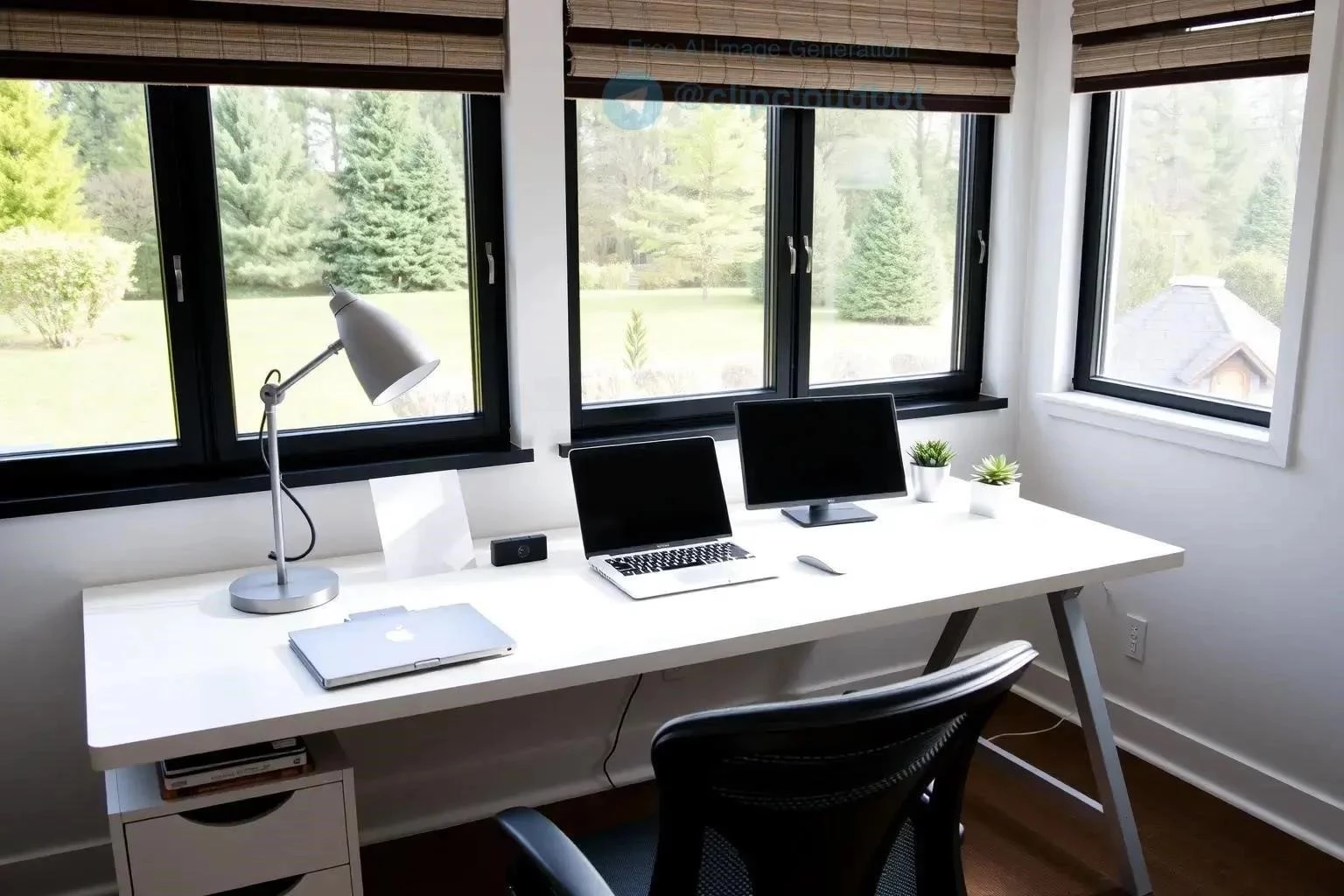Entering a new chapter of life at 60 presents exciting opportunities and choices, particularly when considering retirement living. The prospect of downsizing and joining a community tailored to your needs and interests can be incredibly appealing. However, navigating the diverse landscape of retirement living communities requires careful planning and consideration. This article provides a comprehensive guide to help a 60-year-old man find the perfect retirement living community, ensuring a fulfilling and enjoyable experience.
Retirement living communities are not a one-size-fits-all solution. They range from independent living to assisted living and skilled nursing care. Choosing the right option depends on the individual’s health, lifestyle, and financial situation. Understanding the different types available is the first step in making an informed decision.
Independent living communities are designed for active seniors who can live independently but desire a maintenance-free lifestyle. These communities often offer amenities such as:
- Housekeeping services
- Meal plans
- Social activities
- Transportation
Assisted living provides assistance with activities of daily living (ADLs) such as bathing, dressing, and medication management. This option is suitable for individuals who need some support but do not require 24-hour skilled nursing care.
Skilled nursing facilities offer comprehensive medical care for individuals with complex health needs. These facilities provide 24-hour nursing care, rehabilitation services, and other medical support.
Several crucial factors should be considered when selecting a retirement living community. These include location, cost, amenities, and the overall culture of the community. A thoughtful approach will greatly increase the chances of finding the right fit.
- Location: Is the community close to family, friends, or medical facilities?
- Cost: What are the monthly fees, and what services are included?
- Amenities: Does the community offer activities and amenities that align with your interests?
- Culture: Does the community have a welcoming and inclusive atmosphere?
- Staff: Is the staff friendly, helpful, and well-trained?
Using a structured comparison can help evaluate different options effectively.
| Community | Location | Cost (Monthly) | Amenities | Overall Rating |
|---|---|---|---|---|
| Sunrise Senior Living | City Center | $4,500 | Fitness center, pool, library, social events | 4.5/5 |
| Brookdale Retirement Community | Suburban Area | $3,800 | Gardening club, movie nights, transportation services | 4/5 |
| Maplewood Senior Living | Rural Setting | $5,200 | Walking trails, art studio, gourmet dining | 4.8/5 |
Visiting potential communities is essential. Schedule tours, talk to residents, and ask questions. Trust your instincts and choose a community that feels like home. Consider a trial stay if available to experience the community firsthand before making a long-term commitment.
Choosing the right retirement living community is a significant decision that requires careful consideration. By understanding the available options, evaluating key factors, and visiting potential communities, a 60-year-old man can find a place where he can thrive and enjoy his retirement years to the fullest. Take your time, do your research, and involve family members in the process. The goal is to find a community that offers a comfortable, supportive, and engaging environment that aligns with your individual needs and preferences. Ultimately, the right choice will contribute to a happier and more fulfilling retirement experience.
Entering a new chapter of life at 60 presents exciting opportunities and choices, particularly when considering retirement living. The prospect of downsizing and joining a community tailored to your needs and interests can be incredibly appealing. However, navigating the diverse landscape of retirement living communities requires careful planning and consideration. This article provides a comprehensive guide to help a 60-year-old man find the perfect retirement living community, ensuring a fulfilling and enjoyable experience.
Understanding Retirement Living Options
Retirement living communities are not a one-size-fits-all solution. They range from independent living to assisted living and skilled nursing care. Choosing the right option depends on the individual’s health, lifestyle, and financial situation. Understanding the different types available is the first step in making an informed decision.
Independent Living
Independent living communities are designed for active seniors who can live independently but desire a maintenance-free lifestyle. These communities often offer amenities such as:
- Housekeeping services
- Meal plans
- Social activities
- Transportation
Assisted Living
Assisted living provides assistance with activities of daily living (ADLs) such as bathing, dressing, and medication management. This option is suitable for individuals who need some support but do not require 24-hour skilled nursing care.
Skilled Nursing Care
Skilled nursing facilities offer comprehensive medical care for individuals with complex health needs. These facilities provide 24-hour nursing care, rehabilitation services, and other medical support.
Factors to Consider When Choosing a Community
Several crucial factors should be considered when selecting a retirement living community. These include location, cost, amenities, and the overall culture of the community. A thoughtful approach will greatly increase the chances of finding the right fit.
- Location: Is the community close to family, friends, or medical facilities?
- Cost: What are the monthly fees, and what services are included?
- Amenities: Does the community offer activities and amenities that align with your interests?
- Culture: Does the community have a welcoming and inclusive atmosphere?
- Staff: Is the staff friendly, helpful, and well-trained?
Comparing Different Retirement Living Communities
Using a structured comparison can help evaluate different options effectively.
| Community | Location | Cost (Monthly) | Amenities | Overall Rating |
|---|---|---|---|---|
| Sunrise Senior Living | City Center | $4,500 | Fitness center, pool, library, social events | 4.5/5 |
| Brookdale Retirement Community | Suburban Area | $3,800 | Gardening club, movie nights, transportation services | 4/5 |
| Maplewood Senior Living | Rural Setting | $5,200 | Walking trails, art studio, gourmet dining | 4.8/5 |
Making the Decision
Visiting potential communities is essential. Schedule tours, talk to residents, and ask questions. Trust your instincts and choose a community that feels like home. Consider a trial stay if available to experience the community firsthand before making a long-term commitment.
Choosing the right retirement living community is a significant decision that requires careful consideration. By understanding the available options, evaluating key factors, and visiting potential communities, a 60-year-old man can find a place where he can thrive and enjoy his retirement years to the fullest. Take your time, do your research, and involve family members in the process. The goal is to find a community that offers a comfortable, supportive, and engaging environment that aligns with your individual needs and preferences. Ultimately, the right choice will contribute to a happier and more fulfilling retirement experience.
Financial Considerations and Planning
Before settling on a specific community, meticulously review your financial resources. Understanding the long-term costs associated with retirement living is paramount. Don’t hesitate to consult with a financial advisor to assess your current financial standing and project future expenses. Explore various payment options, including long-term care insurance, veterans’ benefits, and potential government assistance programs. It’s also wise to understand the community’s policies regarding refunds, should circumstances change.
Understanding Contract Types
Retirement communities often offer different contract types, each with varying financial implications. Common contract types include:
- Entrance Fee Contracts: Require a large upfront payment, often partially refundable.
- Rental Agreements: Similar to renting an apartment, with monthly fees covering services.
- Life Care Contracts (Continuing Care Retirement Communities ⎯ CCRCs): Provide a continuum of care, from independent living to skilled nursing, with predictable long-term costs.
Budgeting for Retirement Living
Creating a detailed budget is crucial. Consider all potential expenses, including monthly fees, healthcare costs, transportation, and personal spending. A well-defined budget will help you ensure that you can comfortably afford the chosen community without straining your finances. Remember to factor in potential inflation and future healthcare needs.
Legal and Medical Paperwork
Ensure all legal and medical paperwork is in order before moving into a retirement community. This includes:
- Power of Attorney: Designate someone to make financial and legal decisions on your behalf if you become unable.
- Healthcare Proxy: Appoint someone to make healthcare decisions for you if you are incapacitated.
- Living Will: Outline your wishes regarding medical treatment in the event of a terminal illness or injury.
- Medical Records: Ensure your medical records are readily accessible to the community’s healthcare providers.
Preparing for the Move
Downsizing can be a daunting task, but it’s a necessary step in transitioning to retirement living. Start early and declutter your home room by room. Consider donating unwanted items to charity or selling them online. Engage family members or professional organizers to assist with the process. Remember to notify relevant parties of your address change, including banks, insurance companies, and government agencies. Schedule movers well in advance and pack essentials separately for easy access upon arrival.
Settling In and Building Connections
Moving into a new community can be an adjustment period. Be proactive in getting involved and making connections with other residents. Attend social events, join clubs, and volunteer your time. Don’t hesitate to reach out to staff members and ask for assistance if needed. Remember that building relationships takes time, so be patient and open to new experiences. Creating a sense of belonging will greatly enhance your overall quality of life in your new retirement community.
Selecting a retirement community is a personalized journey, and there’s no one-size-fits-all answer. By carefully considering your individual needs, preferences, and financial situation, you can find a community that allows you to live a fulfilling and enjoyable retirement. Remember to prioritize your health, well-being, and happiness throughout the process. Embrace this new chapter of life with optimism and enthusiasm, and you’ll discover that retirement living can be a rewarding and enriching experience. Don’t be afraid to ask questions and seek guidance from professionals along the way. Your future comfort and peace of mind are worth the effort.






